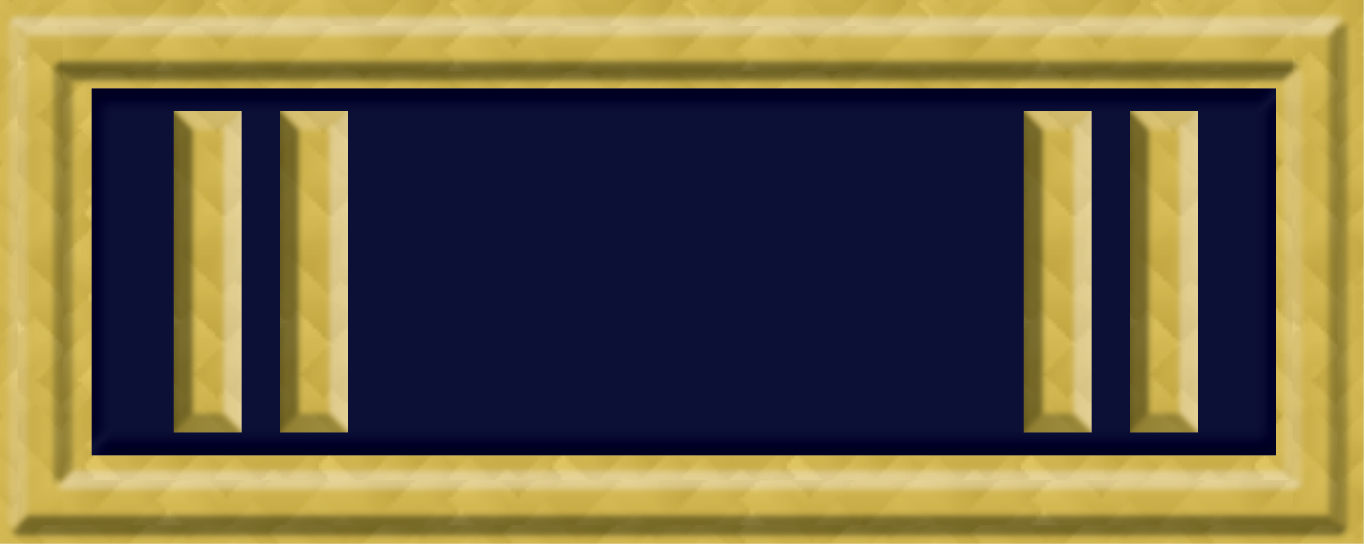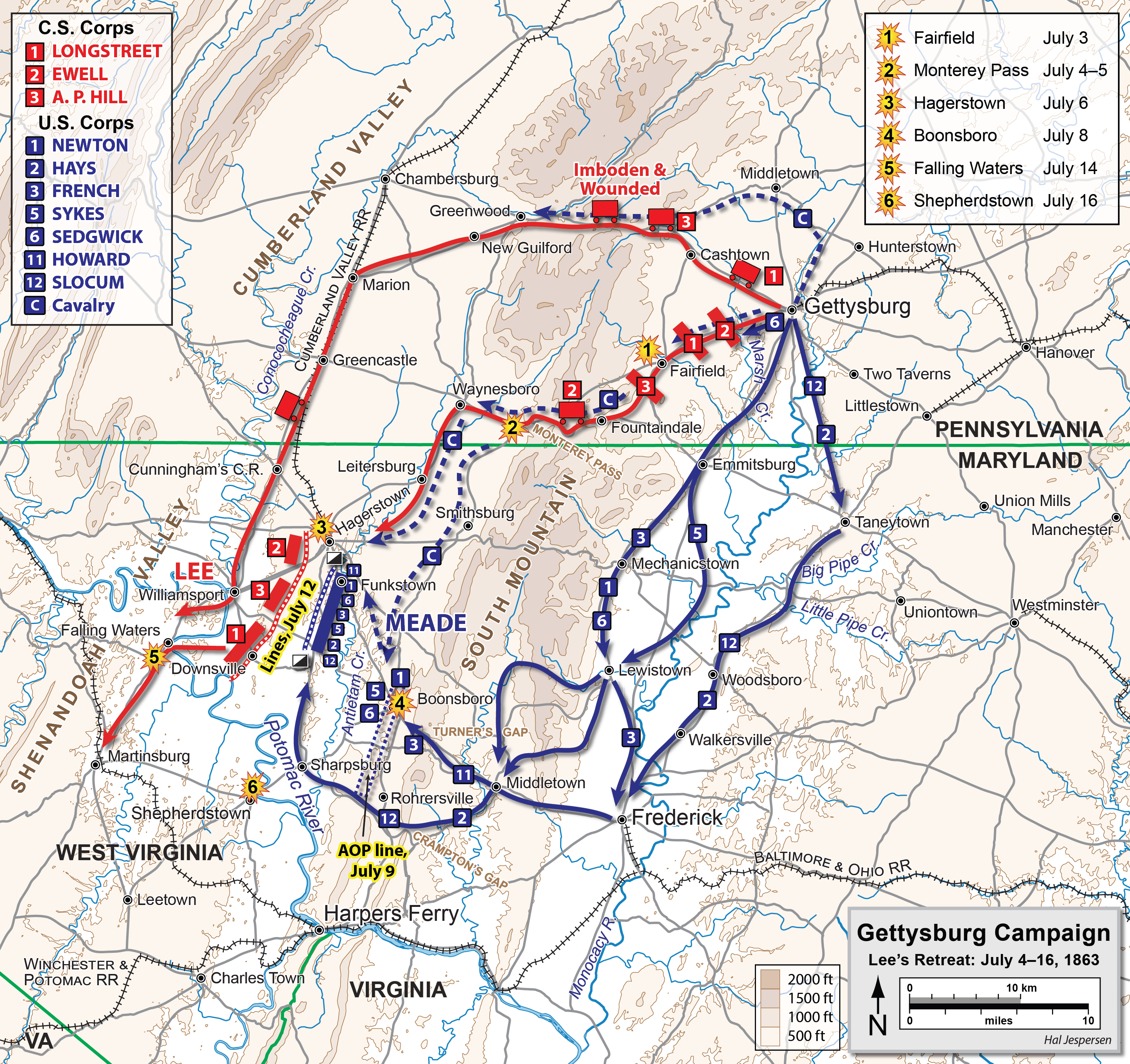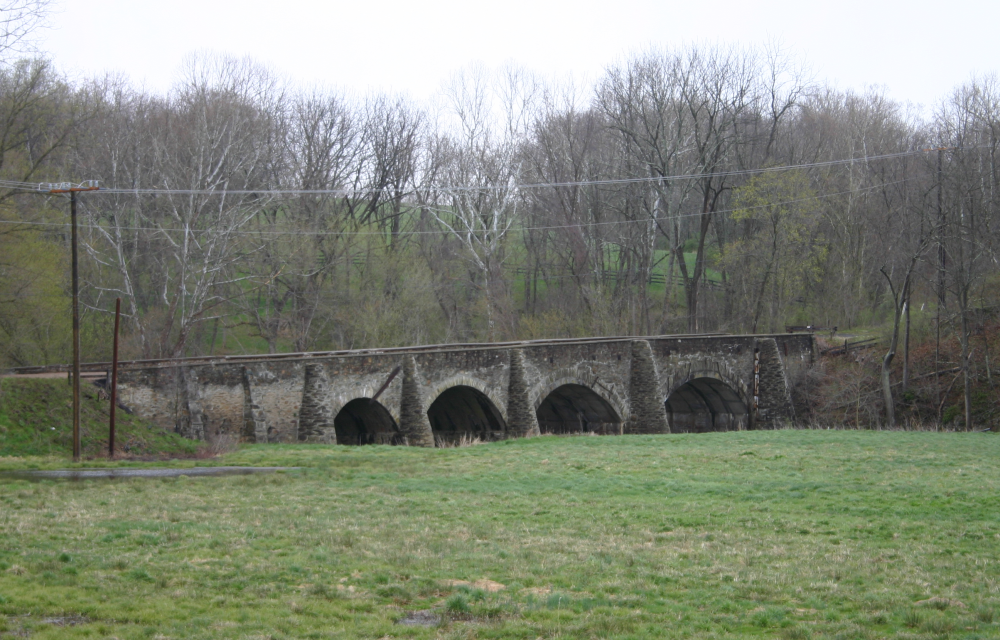|
Myles Keogh
Myles Walter Keogh (25 March 1840 – 25 June 1876) was an Irish soldier. He served in the armies of the Papal States during the war for Italian unification in 1860, and was recruited into the Union Army during the American Civil War, serving as a cavalry officer, particularly under Brig. Gen. John Buford during the Gettysburg Campaign and the three-day Battle of Gettysburg. After the war, Keogh remained in the regular United States Army as commander of I Troop of the 7th Cavalry Regiment under George Armstrong Custer during the Indian Wars, until he was killed along with Custer and all five of the companies directly under Custer's command at the Battle of the Little Bighorn in 1876. Career Myles Keogh was born in Orchard House, Leighlinbridge, County Carlow, on 25 March 1840. The farming carried out at Keogh's home place in Leighlinbridge was arable, barley being the main crop. This meant that the Keogh family were largely unaffected by the hunger and poverty that accom ... [...More Info...] [...Related Items...] OR: [Wikipedia] [Google] [Baidu] |
Leighlinbridge
Leighlinbridge (; ) is a small town on the River Barrow in County Carlow, Ireland. It is 11 km south of Carlow town, on the R705 road. The N9 national primary route once passed through the village, but was by-passed in the 1980s. It covers the townlands of Leighlin (east bank of the river) and Ballyknockan (west bank). The village features narrow winding streets, grey limestone malthouses and castle ruins overlooking a 14th-century bridge across the River Barrow. Leighlinbridge has won the National Tidy Towns Competition, has come first in the Barrow Awards, been an overall national winner in Ireland's Green Town 2000, and represented Ireland in the European "Entente Florale" competition in 2001. Places of interest Leighlinbridge Castle, also called Black Castle, was one of Ireland's earliest Norman castles. A 50 ft tall broken castle tower and bawn wall are all that can be seen today. The Arboretum Garden Centre is a located a kilometre east of the village at ... [...More Info...] [...Related Items...] OR: [Wikipedia] [Google] [Baidu] |
Battle Of Williamsport
The Battle of Williamsport, also known as the Battle of Hagerstown or Falling Waters, took place from July 6 to July 16, 1863, in Washington County, Maryland, as part of the Gettysburg Campaign of the American Civil War. It is not to be confused with the fighting at Hoke's Run which was also known as the Battle of Falling Waters. During the night of July 4–July 5, Gen. Robert E. Lee's battered Confederate army began its retreat from Gettysburg, moving southwest on the Fairfield Road toward Hagerstown and Williamsport, screened by Maj. Gen. J.E.B. Stuart's cavalry. The Union infantry followed cautiously the next day, converging on Middletown, Maryland. By July 7, Brig. Gen. John D. Imboden stopped Brig. Gen. John Buford's Union cavalry from occupying Williamsport and destroying Confederate trains. On July 6, Brig. Gen. Judson Kilpatrick's cavalry division drove two Confederate cavalry brigades through Hagerstown before being forced to retire by the arrival of the rest ... [...More Info...] [...Related Items...] OR: [Wikipedia] [Google] [Baidu] |
Battle Of Funkstown
The Second Battle of Funkstown (more commonly simply referred to as the Battle of Funkstown) took place near Funkstown, Maryland, on July 10, 1863, during the Gettysburg Campaign of the American Civil War. Union forces of the Army of the Potomac attacked the rear guard of the Confederate Army of Northern Virginia during its retreat from Pennsylvania following the Battle of Gettysburg. A strong Confederate presence at Funkstown threatened any Union advance against Gen. Robert E. Lee’s position near Williamsport and the Potomac River as he retreated to Virginia after the Battle of Gettysburg. Maj. Gen. J.E.B. Stuart’s cavalry, posted at Funkstown, posed a serious risk to the Federal right and rear if the Union army lunged west from Boonsboro. Stuart, meanwhile, determined to wage a spirited defense to ensure Lee time to complete fortifications protecting his army and his avenue of retreat. As Brig. Gen. John Buford’s Federal cavalry division cautiously approached Fu ... [...More Info...] [...Related Items...] OR: [Wikipedia] [Google] [Baidu] |
Battle Of Gettysburg
The Battle of Gettysburg () was a three-day battle in the American Civil War, which was fought between the Union and Confederate armies between July 1 and July 3, 1863, in and around Gettysburg, Pennsylvania. The battle, won by the Union, is widely considered the Civil War's turning point, leading to an ultimate victory of the Union and the preservation of the nation. The Battle of Gettysburg was the bloodiest battle of both the Civil War and of any battle in American military history, claiming over 50,000 combined casualties. Union Major General George Meade's Army of the Potomac defeated attacks by Confederate General Robert E. Lee's Army of Northern Virginia, halting Lee's invasion of the North and forcing his retreat.A prior attempt by Lee to invade the north culminated in the Battle of Antietam and 23,000 casualties, the most of any single day Civil War.Rawley, p. 147; Sauers, p. 827; Gallagher, ''Lee and His Army'', p. 83; McPherson, p. 665; Eicher, p. 550. Gal ... [...More Info...] [...Related Items...] OR: [Wikipedia] [Google] [Baidu] |
Battle Of Upperville
The Battle of Upperville took place in Loudoun County, Virginia on June 21, 1863, during the Gettysburg Campaign of the American Civil War. Background The Union cavalry made a determined effort to pierce Confederate Maj. Gen. J.E.B. Stuart's cavalry screen. Stuart had been fighting a series of delaying actions in the Loudoun Valley, hoping to keep Union General Alfred Pleasonton's cavalry from discovering the location of the main body of Robert E. Lee's Army of Northern Virginia, much of which was in the Shenandoah Valley just west of the small village of Upperville. Stuart had slowed the Federals in fighting at Aldie and Middleburg, using ravines, creeks, and stonewalls to his advantage as he slowly withdrew westward. He made another determined stand near Upperville and succeeded in preventing the Federal cavalry from entering the Shenandoah Valley. Goose Creek Following the fighting at Middleburg on June 19, a heavy rainstorm during the night had soaked the Loudoun Val ... [...More Info...] [...Related Items...] OR: [Wikipedia] [Google] [Baidu] |
Battle Of Brandy Station
The Battle of Brandy Station, also called the Battle of Fleetwood Hill, was the largest predominantly cavalry engagement of the American Civil War, as well as the largest ever to take place on American soil. It was fought on June 9, 1863, around Brandy Station, Virginia, at the beginning of the Gettysburg Campaign by the Union cavalry under Maj. Gen. Alfred Pleasonton against Maj. Gen. J. E. B. Stuart's Confederate cavalry. Union commander Pleasonton launched a surprise dawn attack on Stuart's cavalry at Brandy Station. After an all-day fight in which fortunes changed repeatedly, the Federals retired without discovering Gen. Robert E. Lee's infantry camped near Culpeper. This battle marked the end of the Confederate cavalry's dominance in the East. From this point in the war, the Federal cavalry gained strength and confidence. Background The Confederate Army of Northern Virginia streamed into Culpeper County, Virginia, after its victory at Chancellorsville in May 18 ... [...More Info...] [...Related Items...] OR: [Wikipedia] [Google] [Baidu] |
Battle Of Antietam
The Battle of Antietam ( ), also called the Battle of Sharpsburg, particularly in the Southern United States, took place during the American Civil War on September 17, 1862, between Confederate General Robert E. Lee's Army of Northern Virginia and Union Major General George B. McClellan's Army of the Potomac near Sharpsburg, Maryland, and Antietam Creek. Part of the Maryland Campaign, it was the first field army–level engagement in the Eastern Theater of the American Civil War to take place on Union soil. It remains the bloodiest day in American history, with a tally of 22,727 dead, wounded, or missing on both sides. Although the Union Army suffered heavier casualties than the Confederates, the battle was a major turning point in the Union's favor. After pursuing Confederate General Robert E. Lee into Maryland, Major General George B. McClellan of the Union Army launched attacks against Lee's army who were in defensive positions behind Antietam Creek. At dawn on Se ... [...More Info...] [...Related Items...] OR: [Wikipedia] [Google] [Baidu] |
Second Battle Of Bull Run
The Second Battle of Bull Run or Battle of Second Manassas was fought August 28–30, 1862, in Prince William County, Virginia, as part of the American Civil War. It was the culmination of the Northern Virginia Campaign waged by Confederate States Army, Confederate General (CSA), Gen. Robert E. Lee's Army of Northern Virginia against Union Army, Union Major General (CSA), Maj. Gen. John Pope (general), John Pope's Army of Virginia, and a battle of much larger scale and numbers than the First Battle of Bull Run (or First Manassas) fought on July 21, 1861, on the same ground. Following a wide-ranging Flanking maneuver, flanking march, Confederate Maj. Gen. Stonewall Jackson, Thomas J. "Stonewall" Jackson captured the Union supply depot at Manassas, Virginia, Manassas Junction, threatening Pope's line of communications with Washington, D.C. Withdrawing a few miles to the northwest, Jackson took up strong concealed defensive positions on Stony Ridge and awaited the arrival of the ... [...More Info...] [...Related Items...] OR: [Wikipedia] [Google] [Baidu] |
Battle Of Port Republic
The Battle of Port Republic was fought on June 9, 1862, in Rockingham County, Virginia, as part of Confederate Army Maj. Gen. Thomas J. "Stonewall" Jackson's campaign through the Shenandoah Valley during the American Civil War. Port Republic was a fierce contest between two equally determined foes and was the most costly battle fought by Jackson's Army of the Valley during its campaign. Together, the battles of Cross Keys (fought the previous day) and Port Republic were the decisive victories in Jackson's Valley Campaign, forcing the Union armies to retreat and leaving Jackson free to reinforce Gen. Robert E. Lee for the Seven Days Battles outside Richmond, Virginia. Background During the night of June 8–9, 1862, Brig. Gen. Charles S. Winder's Stonewall Brigade was withdrawn from its forward position near Bogota (a large house owned by Gabriel Jones) and rejoined Jackson's division at Port Republic. Confederate pioneers built a bridge of wagons across the South Fork ... [...More Info...] [...Related Items...] OR: [Wikipedia] [Google] [Baidu] |




